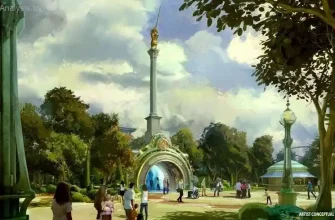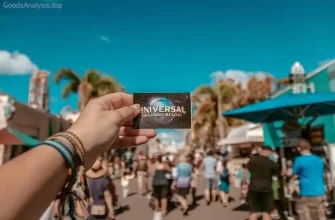1. What makes The Getty Center – Los Angeles, CA special?
The Getty Center is one of the most iconic and awe-inspiring cultural destinations in Los Angeles. Perched atop a hill in the Santa Monica Mountains, it is known for its stunning architecture, world-class art collection, lush gardens, and panoramic views of the city. The Center is actually two institutions in one: it’s a museum dedicated to European paintings, sculptures, and decorative arts, as well as a research institute focused on art history and conservation.
What sets The Getty Center apart is not just its extensive art collection but also its breathtaking design. The campus was created by architect Richard Meier and opened to the public in 1997. The sleek, white travertine buildings are designed to complement the natural beauty surrounding them, and visitors are treated to wide, open spaces, tranquil gardens, and incredible vistas at every turn. The museum’s art collection is a highlight, with masterpieces by artists such as Rembrandt, Van Gogh, and Monet, alongside impressive exhibits of decorative arts, manuscripts, and photography.
The Getty Center also stands out for its commitment to accessibility and education. Visitors can experience the art through a variety of interactive exhibits, lectures, and educational programs. Whether you’re a history buff, an art enthusiast, or simply someone looking for a scenic place to relax, The Getty offers a diverse range of experiences.
2. Visitor Tips & Practical Information
- Best Time to Visit:
The Getty Center can be visited year-round, but it’s generally best to go during the weekdays to avoid the larger crowds. Weekdays in the morning or late afternoons are often quieter, especially during the tourist-heavy summer months. The museum can be a bit busier on weekends and holidays, but the spacious grounds mean it never feels overcrowded. - Opening Hours:
The Getty Center is open from 10:00 AM to 5:30 PM every day, except Mondays and certain holidays (e.g., New Year’s Day, Thanksgiving, and Christmas). Make sure to check the official website before visiting for any seasonal closures or special events. - Admission:
Free. Yes, the Getty Center offers free admission, which makes it even more appealing. However, parking is $20 per car (or $15 after 3:00 PM). Visitors can also take advantage of public transportation options or ride-sharing services to avoid parking fees. - Accessibility:
The Getty Center is fully accessible, with ramps, elevators, and wheelchair-friendly paths throughout the museum. Wheelchairs are available for free at the Visitor Center on a first-come, first-served basis. The museum also offers guided tours for visitors with disabilities, and service animals are welcome. The museum’s website also offers virtual tours and resources for visitors who may require additional assistance.
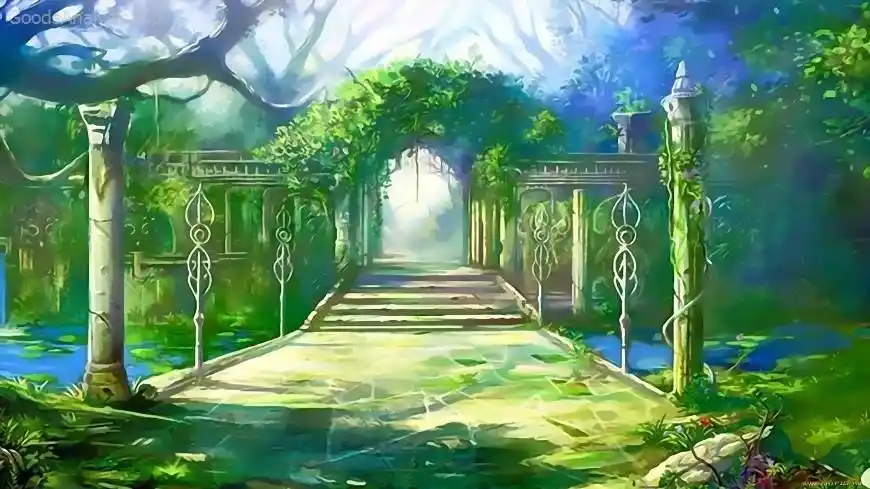
3. History and Cultural Significance
The Getty Center was created as part of the vision of philanthropist J. Paul Getty, who amassed one of the world’s most extensive private art collections. Getty’s desire was to share his collection with the public, and The Getty Center is a realization of that ambition.
Before the Getty Center was opened in 1997, the Getty Villa (a more traditional museum dedicated to ancient art) served as the main museum in the Getty Trust’s network. The Getty Center brought together all of the Getty’s operations—including the museum, research institute, and conservation programs—into one location. It also became a model for the integration of architecture, art, and nature, with the goal of creating a space that was not just a museum but a place of reflection and education.
The Getty’s collection spans centuries and includes masterpieces of European painting, sculpture, decorative arts, and manuscripts. The collection is renowned not only for its breadth but also for the quality of its works, offering something for every type of art lover, from the Baroque to the Impressionist movements. The Getty is also a hub of research and scholarship, with its conservation institute helping to preserve art from around the world.

4. What to Expect When You Visit The Getty Center
Upon arrival, visitors are immediately greeted with a sense of openness and light. The Getty Center is built on a hilltop, and the tram ride from the parking lot to the main museum building is a fun experience in itself, offering stunning views of Los Angeles below. Once at the top, the museum’s sleek, white travertine buildings stand in striking contrast to the surrounding gardens and lush landscape.
The Getty Center is divided into several distinct areas:
- Art Collections:
You’ll find notable works by artists like Rembrandt, Van Gogh, Turner, and many others in the galleries. Each exhibit is thoughtfully curated, with art from various periods and styles displayed in a way that invites exploration and reflection. - Gardens:
The Central Garden is a true highlight. Designed by artist Robert Irwin, it is a dynamic, living work of art. With pathways, cascading waterfalls, and over 500 varieties of plants, the garden is a peaceful retreat and a perfect spot for a stroll or a photo op. - Special Exhibitions:
In addition to its permanent collection, The Getty Center hosts rotating exhibitions that explore different themes, artists, and periods in art history. These temporary exhibits are often innovative and thought-provoking, offering fresh perspectives on familiar works. - The Getty Research Institute:
While not always open to the public, the Getty Research Institute is an important aspect of the Getty Center, housing one of the world’s largest and most comprehensive art history libraries and archives. - Sculpture Gardens & Architecture:
The museum’s architectural design is just as significant as the art it houses. Richard Meier’s minimalist approach to design creates a striking interplay between the museum’s geometric forms and the surrounding natural landscape.
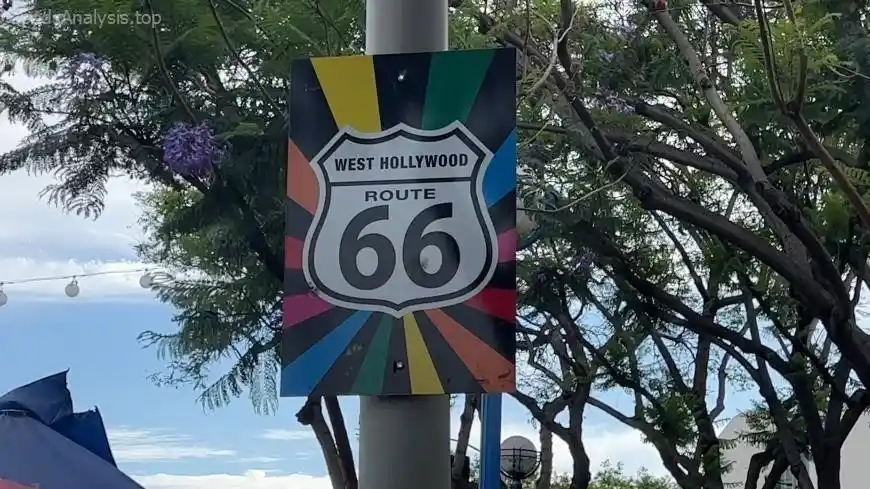
5. Nearby Attractions and Dining Options
The Getty Center is situated in the Brentwood neighborhood, and while it is a destination in itself, there are also a number of nearby attractions to check out:
- The Getty Villa:
Located a short drive away, the Getty Villa offers a deep dive into the art and culture of ancient Greece, Rome, and Etruria. It is another beautiful location with spectacular gardens and exhibits. - Santa Monica Pier & Beach:
A 20-minute drive to the west will take you to the iconic Santa Monica Pier, where you can enjoy the beach, the Ferris wheel, and a variety of shops and restaurants. - The Hammer Museum:
Located near the UCLA campus, the Hammer Museum is another excellent museum with an emphasis on contemporary art.

As for dining, the Getty Center has several options:
- The Restaurant at The Getty:
With panoramic views of Los Angeles, this upscale eatery serves a seasonal menu with fresh, local ingredients. It’s perfect for a refined meal after exploring the galleries. - Cafe and Coffee Shops:
The museum has a casual cafe that serves light fare, such as sandwiches, salads, and coffee. It’s a great place to relax between gallery visits.
6. Family-Friendly and Group Travel Tips
The Getty Center is an excellent spot for families and groups. While some of the art exhibits may be more suited to older visitors, the space itself is welcoming to people of all ages.
- Family Programs:
The Getty offers family-friendly programs, including hands-on art activities, scavenger hunts, and special tours designed for children. The Central Garden is also a great space for kids to explore and play. - Group Tours:
If you’re visiting with a large group, consider booking a guided tour to get the most out of your visit. The Getty offers both general and themed tours, which provide insightful background and context to the art and architecture.
7. Instagrammable Moments and Photo Opportunities
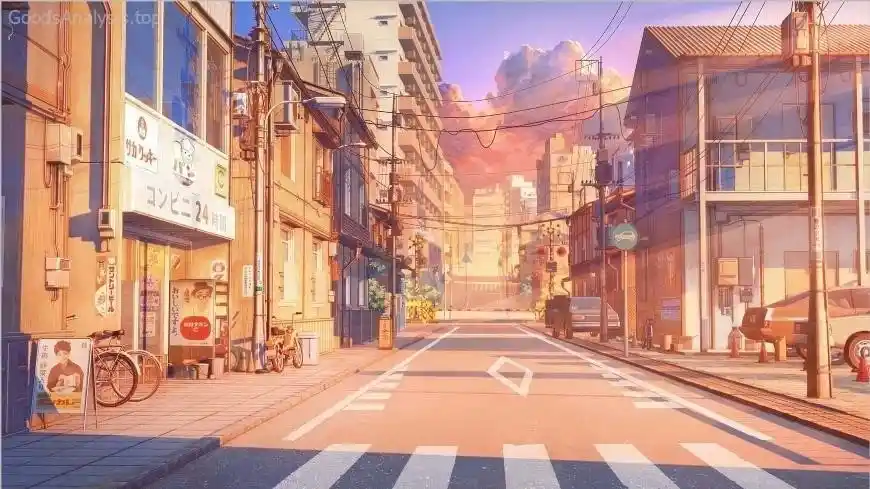
The Getty Center is a photographer’s dream, offering countless Instagram-worthy moments. A few standout spots include:
- The Central Garden:
With its stunning design, vibrant flowers, and flowing water features, this garden provides endless photo opportunities. - The Tram Ride:
Capture sweeping views of Los Angeles as you ride the tram up to the museum. The panoramic vistas are especially beautiful at sunset or on a clear day. - The Museum’s Architecture:
The sleek lines of the buildings, framed by the surrounding landscape, make for fantastic photos. The interplay of light and shadow creates dramatic effects throughout the day.
8. Travel Tips and Transportation
- How to Get There:
The Getty Center is easily accessible by car, and its parking lot is well-designed to handle the flow of visitors. If you prefer not to drive, public transportation options such as buses and rideshares (e.g., Uber or Lyft) are also convenient. - Public Transit:
The museum is located near several major bus lines, and visitors can take a short ride from the Westwood neighborhood or Santa Monica.
9. Safety and Etiquette Tips
- Respect for Art:
While visiting the galleries, it’s important to follow the museum’s rules, such as refraining from touching the artwork, staying within designated areas, and keeping noise to a minimum to preserve the serene atmosphere. - Parking & Safety:
While the Getty Center is a relatively safe area, as with any large public space, it’s always good practice to keep an eye on your belongings. The parking lot is well-lit and monitored, but always lock your car and keep valuables out of sight.


